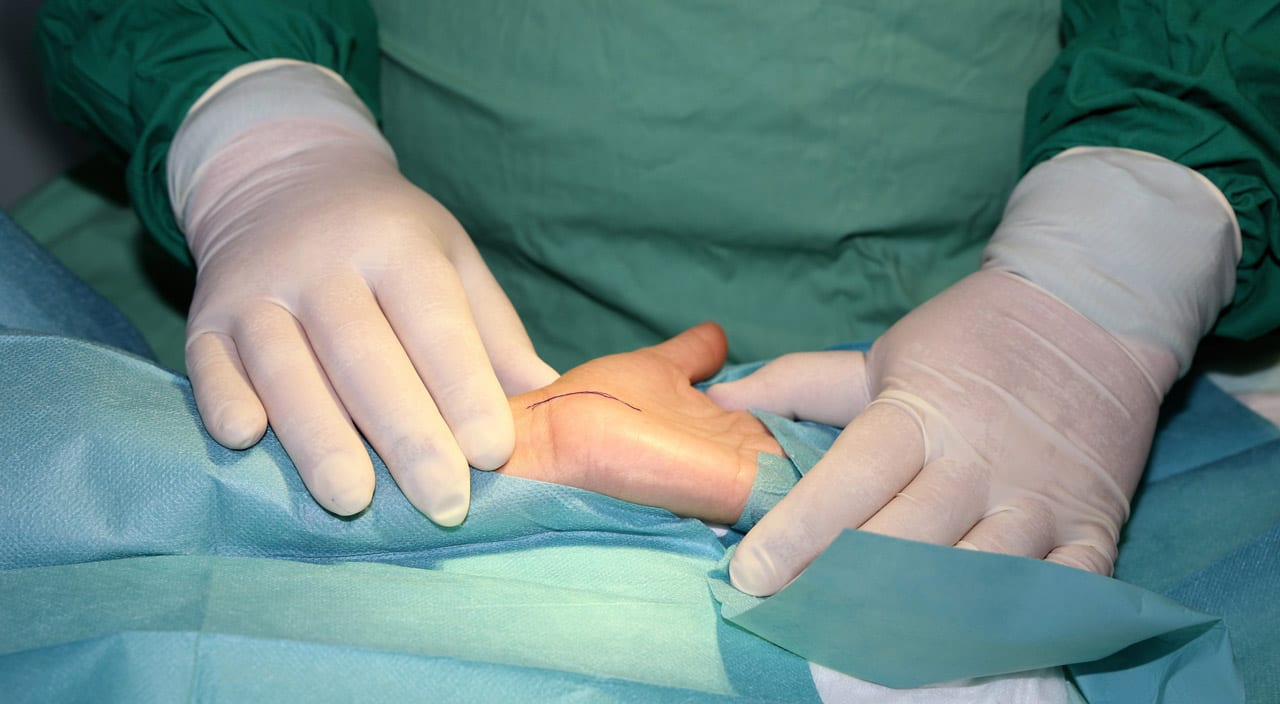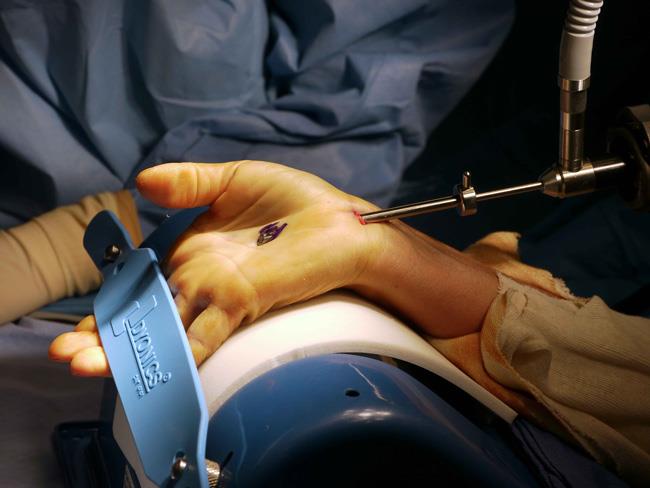

Get a general idea of what you'll have to pay: Use calculators, see price lists, or ask for a personalized estimate. So usually the result is good from that regard, that additional surgery isn't likely to be necessary. Even at the most extreme, it's probably less than (a) 5 percent chance that you might have to have the operation done over again. Taking steroid medicine for other conditions The long-term results after carpal tunnel surgery are usually pretty good.Continued numbness, tingling, weakness or painįactors that may increase the risk of complications include:.Your doctor will review a list of possible complications, which may include: Your grasp strength will slowly begin to improve. The pain and numbness or tingling in your hand and fingers usually improves rather quickly. The carpal tunnel is an opening in your wrist that is. Complete recovery may take four weeks or longer. Carpal tunnel syndrome is when the median nerve is compressed as it passes through the carpal tunnel. You may have to wear a brace or splint for several weeks after surgery.

Carpal tunnel syndrome is a painful condition that affects the nerves and. Your doctor may prescribe pain medication after the procedure. Your hands and wrists are complex structures of nerves, tendons, and muscles.

Your doctor passes other surgical tools through the other incision, which are used to release the carpal ligament.īoth procedures take between 15-60 minutes. This camera allows your doctor to see inside the carpal tunnel. Your doctor makes two tiny cuts in the palm side of your wrist and passes a small tool with a camera through an incision. Your doctor closes the incision with stitches and applies a bandage.
#Carpal tunnel surgery free
Your doctor makes a short incision in your lower palm and wrist area to open the carpal ligament and free the median nerve. Your doctor may perform a classic open incision or an endoscopic technique. The median nerve is not working properly.There is shrinkage and weakness of the muscles controlling the thumb.Other therapies have failed, including icing, splints or braces, anti-inflammatory medicines, steroid injections, physical therapy or ultrasound.Your doctor may recommend this surgery if: This results in pain, weakness, tingling or numbness in your hand and wrist.Ĭarpal tunnel release relieves pressure on the median nerve. Carpal tunnel syndrome occurs when this nerve is squeezed at the wrist as it runs through the carpel tunnel. The median nerve runs from the forearm into the hand. However, some patients may suffer from pain, infections, scarring, and nerve damage causing weakness, paralysis, or loss of sensation and stiffness in the hand and wrist area.Carpal tunnel release is a surgery that cuts open the transverse carpal ligament covering the carpel tunnel. Most patients suffer no complications following carpal tunnel release surgery. Risks and Complications of Carpal Tunnel Release Surgery Eating a healthy diet and not smoking will promote healing.The median nerve runs through this passage, from the forearm to. You and your specialist will decide together if its the right treatment for you. Physical therapy may be ordered to restore wrist strength. The carpal tunnel is a passage between the wrist and the hand that contains tendons, ligaments, blood vessels, nerves, and bones.Cover the area with plastic wrap when bathing or showering. Carpal tunnel surgery is a treatment option for carpal tunnel syndrome, a condition in which the median nerve that controls sensation and motor functions in the. Keep the surgical incision clean and dry.Ice packs to the surgical area to reduce swelling.Elevate the hand above heart level to reduce swelling.Your surgeon may suggest you practice certain Postoperative procedures for better recovery and to avoid further complications. Postoperative Care for Carpal Tunnel Release Surgery Your surgeon will decide which options are best for you based on your general and medical conditions. During the surgery, the transverse carpal ligament will be dissected to release the pressure on the median nerve and enlarge the carpal tunnel. Traditional surgery involves up to a 2- inch incision in the palm and wrist area, whereas endoscopic surgery involves one or two half-an-inch incisions and the use of an endoscope. If conservative treatment options fail to resolve the condition your surgeon may recommend surgical procedure.Ĭarpal tunnel syndrome can be treated with carpal tunnel release surgery. Carpal tunnel syndrome is a common, painful, progressive condition that is caused by compression of the median nerve at the wrist area.Ĭommon symptoms of carpal tunnel syndrome include numbness and tingling sensation in all the fingers except the little finger pain and burning sensation in hand and wrist that may radiate up the arm and elbow and weakness in hand with diminished grip strength.


 0 kommentar(er)
0 kommentar(er)
